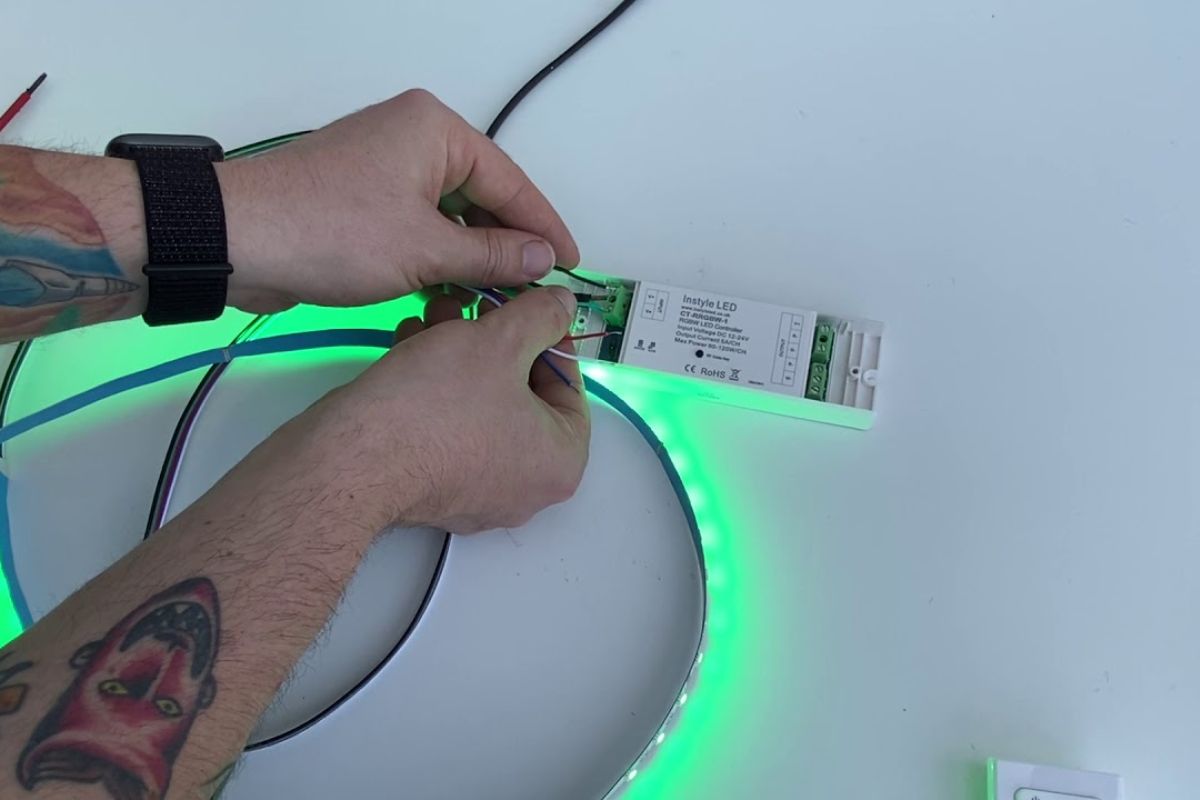In recent times, LED lights have gained immense popularity owing to their energy efficiency, prolonged lifespan, and versatile applications. They find common usage in decorative lighting, automotive illumination, and various electronic devices. However, encountering situations where LED lights exhibit different colors may signal an underlying issue that requires attention. This article is designed to provide guidance on rectifying LED lights that are displaying varying colors.
Diverse factors can contribute to LED lights exhibiting different colors, with the LED itself or issues in the electrical circuitry being the primary culprits. For instance, a faulty driver in an LED light may fail to provide the correct voltage, resulting in the emission of a different color. Additionally, the LED itself may degrade or sustain damage over time, causing it to emit colors other than its intended hue.
Addressing LED lights that display different colors is crucial for several reasons. Firstly, it can impact the overall visual appeal of a space or object, particularly when LEDs are employed for decorative purposes. Secondly, it may signify an underlying issue with the electrical circuitry, potentially posing safety risks if left unattended. Lastly, resolving such issues can extend the lifespan of the LED lights and negate the need for costly replacements. This article will delve into the methods of fixing LED lights that exhibit different colors and explore the reasons behind the occurrence of diverse colors in LED lights.
Causes of Different Colored LED Lights
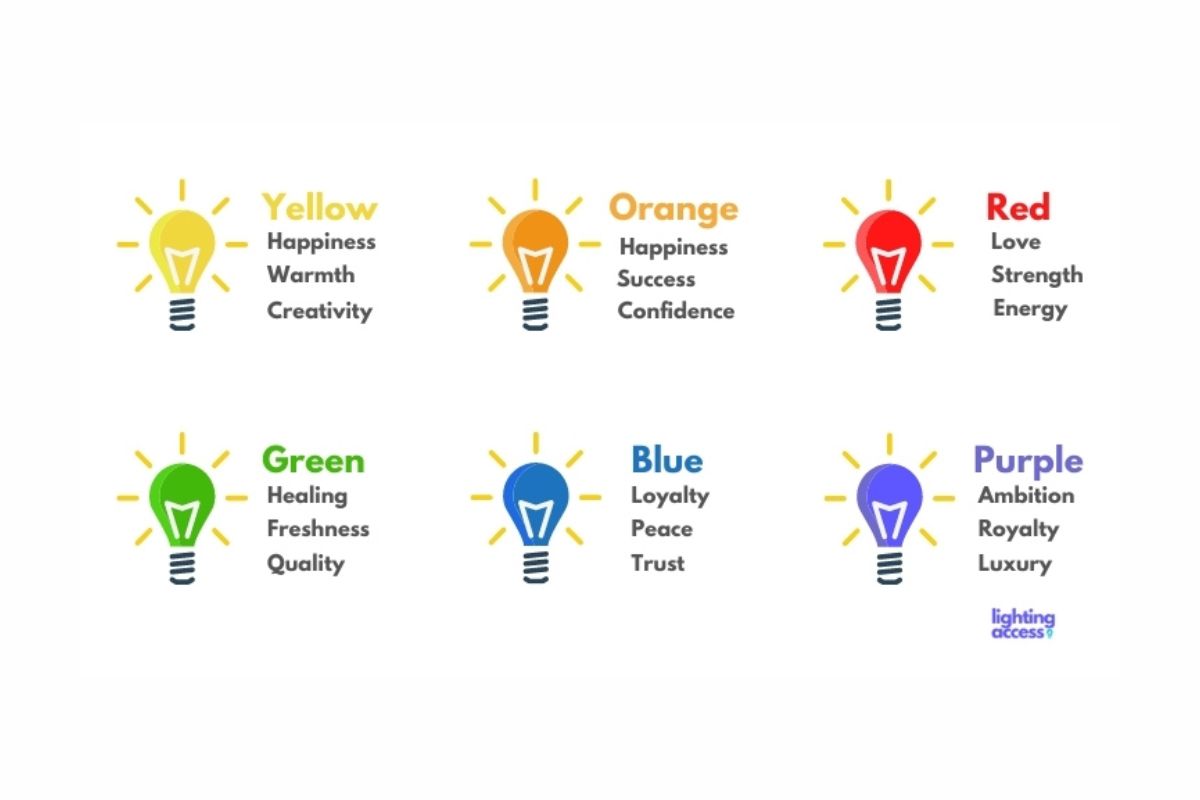
There are several reasons why LED lights can have different colors. Different colors are displayed by LED lights due to a variety of factors. In this section, we will examine a few of the most prevalent ones.
Wiring Problems
Issues with wiring, such as incorrect or damaged connections, can result in LED lights emitting different colors. Inadequate voltage and current supplied by the wiring may disrupt the proper functioning of the LED lights, leading to inconsistencies in performance.
Installation Issues
Improper installation of LED lights is another factor that can cause variations in emitted colors. Using incorrect fixtures or components can impede the LED’s ability to dissipate heat, contributing to color discrepancies.
Defective LED Lights
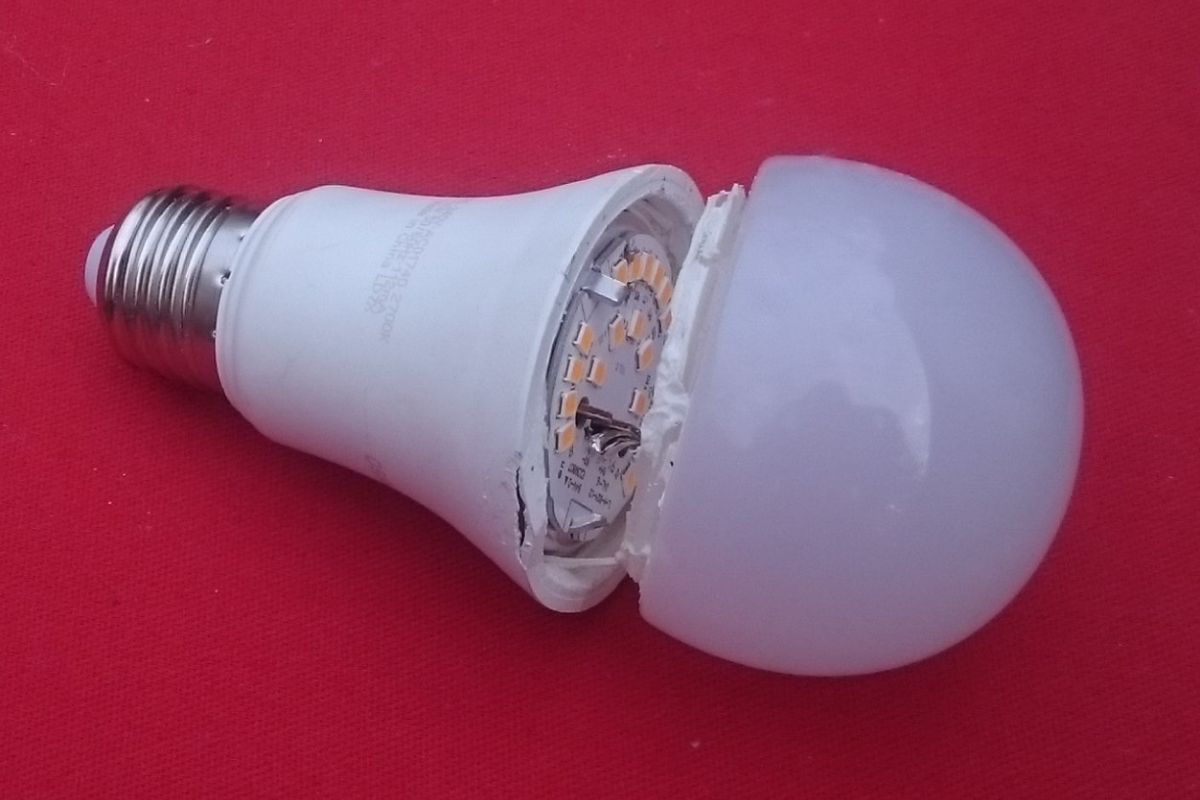
Defects in LED lights, stemming from manufacturing faults, physical damage, or deterioration over time, can lead to variations in emitted colors. These defects affect the LED’s capability to produce light at the intended color temperature.
Poor-Quality LED Lights
Low-quality LED lights, crafted with substandard materials or failing to meet quality standards, can introduce inconsistencies in performance, resulting in LED lights emitting different colors.
Power Issues
Power-related problems, such as surges or outages, can cause LED lights to display different colors or fail to work altogether. Insufficient power supply or voltage fluctuations can lead to variations in color.
Moisture and Water Damage
Exposure to water or moisture can damage LED lights’ electrical components, impacting their performance consistency. Moisture-induced corrosion can affect the LED’s ability to emit the correct color temperature.
Identifying the Problem to Fix LED Lights
Determine the source of the LED light issue before attempting any repairs. When handling electricity, it’s crucial to exercise caution and seek professional advice if you are unsure of how to proceed.
Visual Inspection
When troubleshooting LED lights displaying different colors, begin with a thorough visual inspection. Check for loose connections or physical damage and ensure the LED is securely seated in its fixture without any obstructions blocking the light.
Checking the Wiring and Connections
To address LED lights emitting different colors, the next step involves examining the wiring and connections. Look for loose or damaged connections, ensuring they are securely fastened. Inspect the wiring for signs of wear or damage, and promptly replace or repair any identified issues.
Using a Multimeter
If the initial visual inspection and checks on wiring and connections don’t uncover any issues, proceed to use a multimeter to test the voltage of the LED lights. Set the multimeter to the voltage range and place the probes across the LED. The LED’s functionality can be determined by its voltage aligning with the manufacturer’s specifications. If the voltage is incorrect, there may be a need to replace either the LED or the driver.
How to Fix LED Lights that Displaying Different Colors?
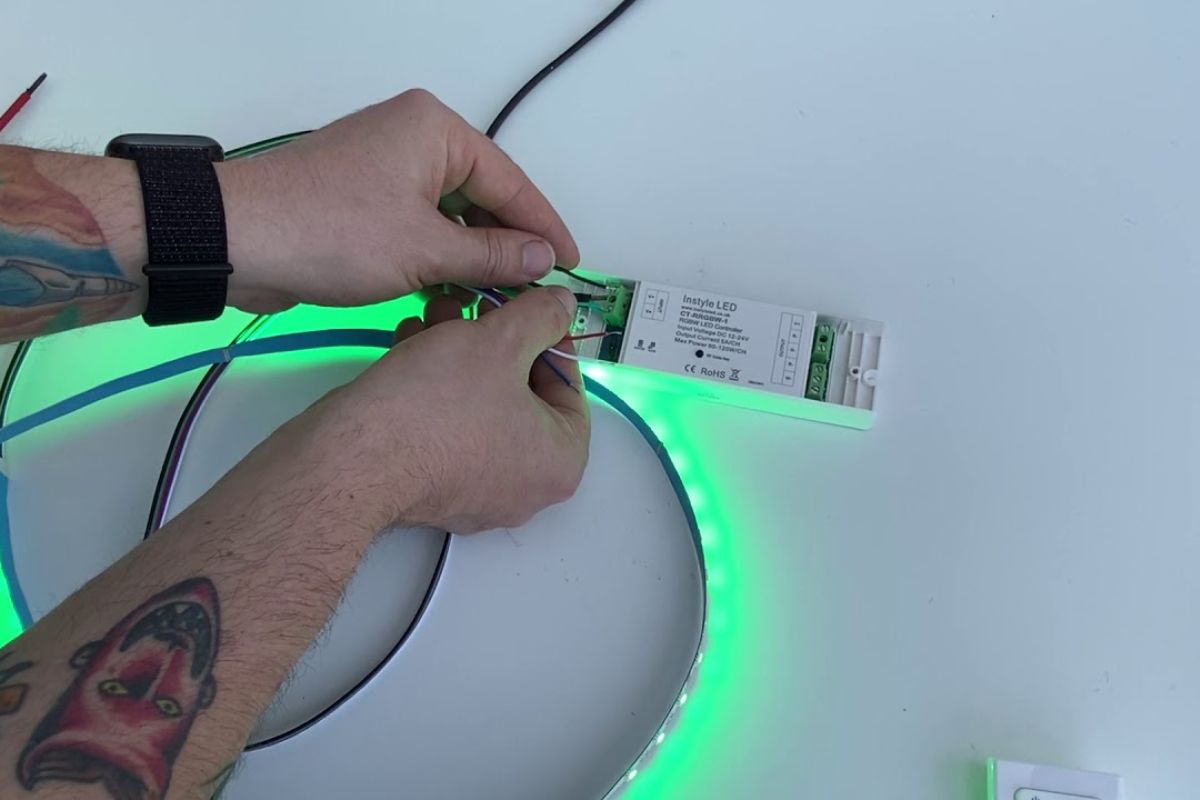
LED lights are an excellent addition to any house because they use less energy and last longer. It can be annoying and perplexing, though, if you have LED lights that alternate between colors. Thankfully, there are actions you can take to resolve the problem and restore your LED lights to shining harmoniously once more. Take these actions:
Check the Power Source
To address LED lights displaying different colors, start by checking the power source. Ensure that all lights are connected to the same power source, and verify that the source is supplying sufficient power for proper LED illumination. If there’s an issue with the power source, consider replacement or necessary repairs.
Replace Defective or Low-Quality LED Lights
Examine individual LED lights for defects or low quality, as a single problematic LED can affect the entire circuit. Replace any defective or substandard LEDs with high-quality replacements.
Inspect the Wiring and Connections
Reconnect or Rewire the Circuit
In some cases, rewiring or reconnecting the circuit may be necessary, especially if the wiring is aged or damaged beyond repair. Follow proper wiring techniques and seek expert advice if needed.
Reinstall the LED Lights
After addressing wiring issues, reinstall the LED lights. Confirm all connections are secure, and each light is properly installed.
Check the Control System or Dimmer Switch
Finally, examine the control system or dimmer switch. If you have such a system, it might be contributing to the issue. Verify correct settings and ensure the controls are functioning as intended.
Read related post: How to Clean a Gaming Chair? (Step-By-Step Guide)
Preventing Future Issues with LED Lights
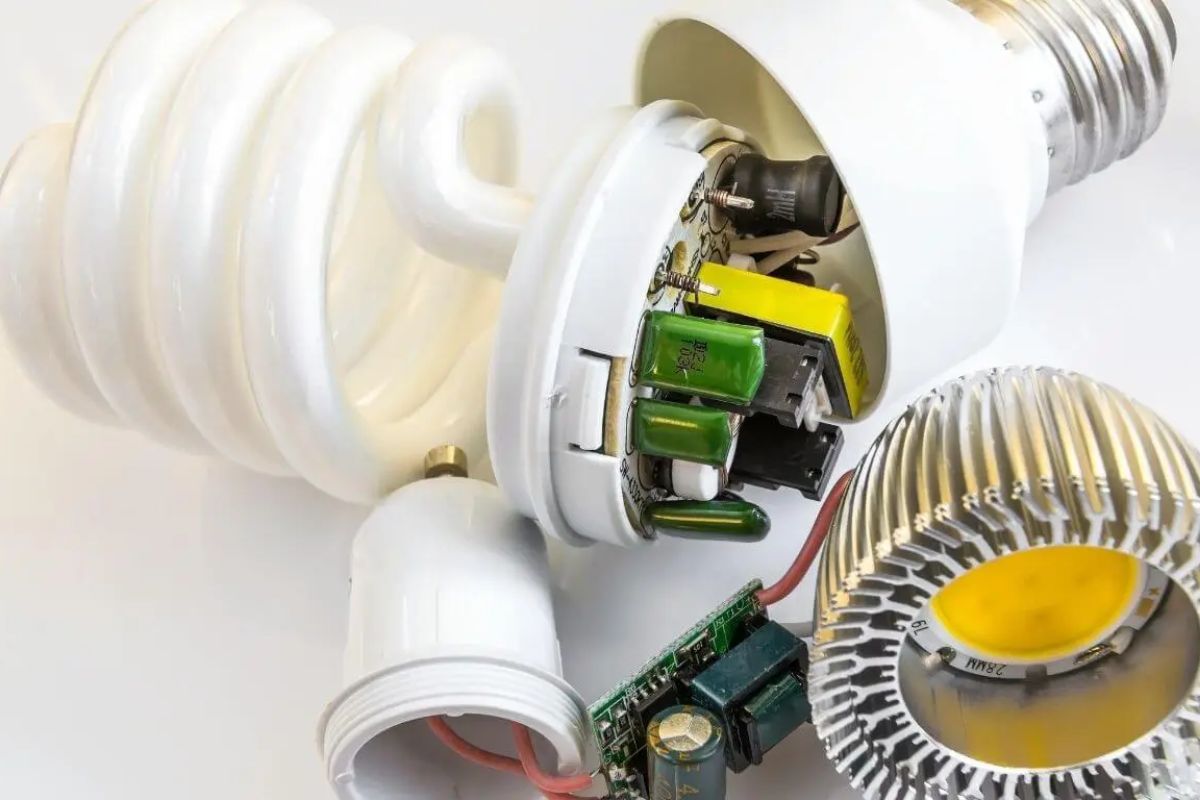
Just like any other electrical appliance, improper installation or maintenance can lead to problems with LED lights. Here are some pointers to avoid LED light problems in the future:
Proper Installation and Wiring
Ensuring proper installation of LED lights is crucial for optimal functionality. Incorrect installation may lead to wiring issues, short circuits, flickering, dimming, or permanent damage. Follow the manufacturer’s instructions and guidelines during LED light installation to avoid complications.
High-Quality LED Lights
Investing in high-quality LED lights is essential to prevent issues like flickering, inconsistent lighting, and a shortened lifespan. Opt for LED lights designed to withstand frequent use and offer an extended lifespan, avoiding the problems associated with low-quality alternatives.
Protection Against Power Surges and Outages
Guard LED lights against power surges and outages, which can cause damage or flickering. Utilize surge protectors and uninterruptible power supply (UPS) systems designed to absorb and regulate power fluctuations, ensuring the protection of LED lights.
Regular Maintenance and Cleaning
Regular maintenance and cleaning are vital for the proper functioning of LED lights. Accumulated dust and debris can diminish brightness or cause flickering. Periodically clean LED lights to maintain brightness and functionality. Additionally, secure connections and wiring to prevent potential issues.
Troubleshooting Common LED Light Problems
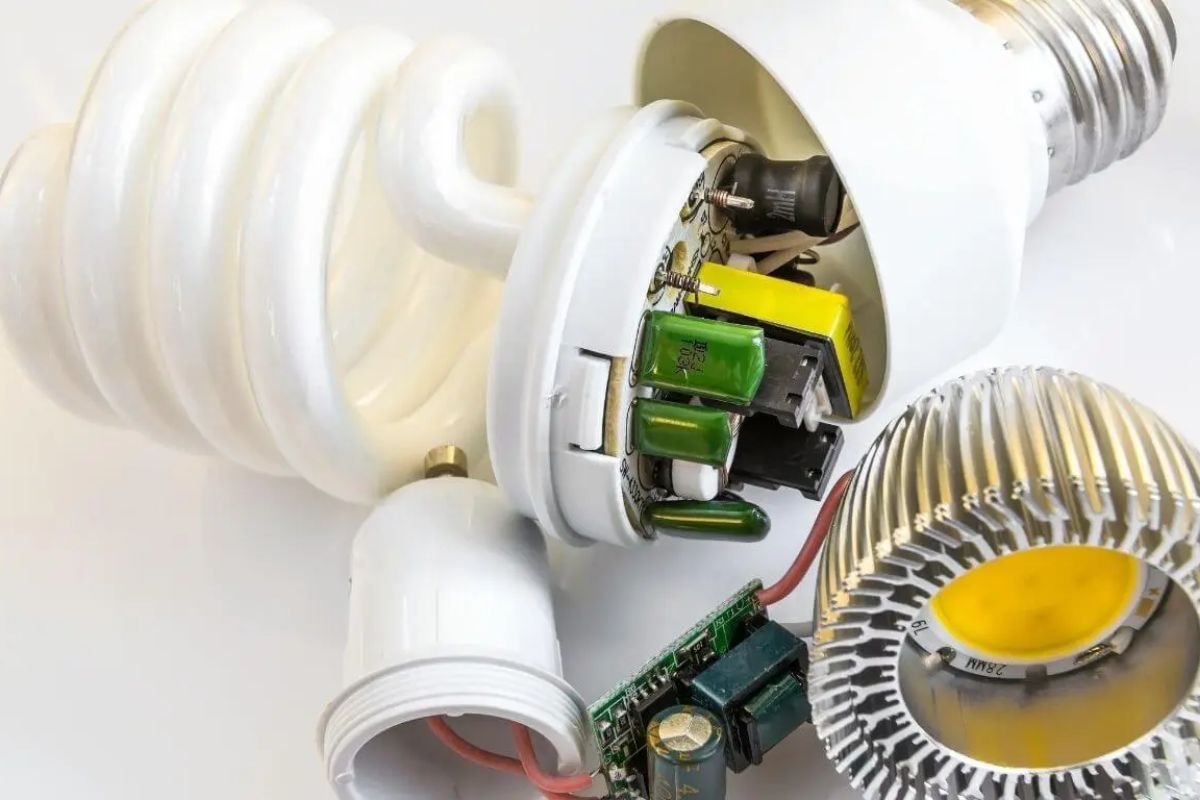
Here are some common LED light problems and troubleshooting tips to help you fix them:
Flickering Lights
Flickering lights may result from various issues such as poor connections, incompatible dimmer switches, or power fluctuations. Here’s what you can do:
- Check the connections: Ensure that the wires are properly connected and tightened.
- Replace the dimmer switch: Certain dimmer switches may not work well with specific LED lights. Consider replacing the switch with one compatible with your LEDs.
- Use a voltage stabilizer: Implementing a voltage stabilizer can regulate power fluctuations and reduce flickering.
Lights Not Turning On
If your LED lights refuse to turn on, possible reasons include a blown fuse or a loose connection. Take the following steps:
- Check the power source: Ensure the LED lights receive adequate power. Examine if the circuit breaker has tripped or if the fuse has blown.
- Inspect the connections: Confirm that the wires are securely connected and tightened. Look for any loose connections.
- Replace the LED lights: If the above steps yield no results, defective LED lights may need replacement.
Uneven Brightness
Uneven brightness often stems from improperly installed LED lights. Here’s what you can do:
- Check the wiring: Ensure proper installation of wiring, ensuring each LED light receives an equal amount of power.
- Install LED lights at equal distances: To achieve even brightness, space the LED lights equally.
- Replace the LED lights: If some LED lights aren’t functioning correctly, consider replacing them.
Overheating
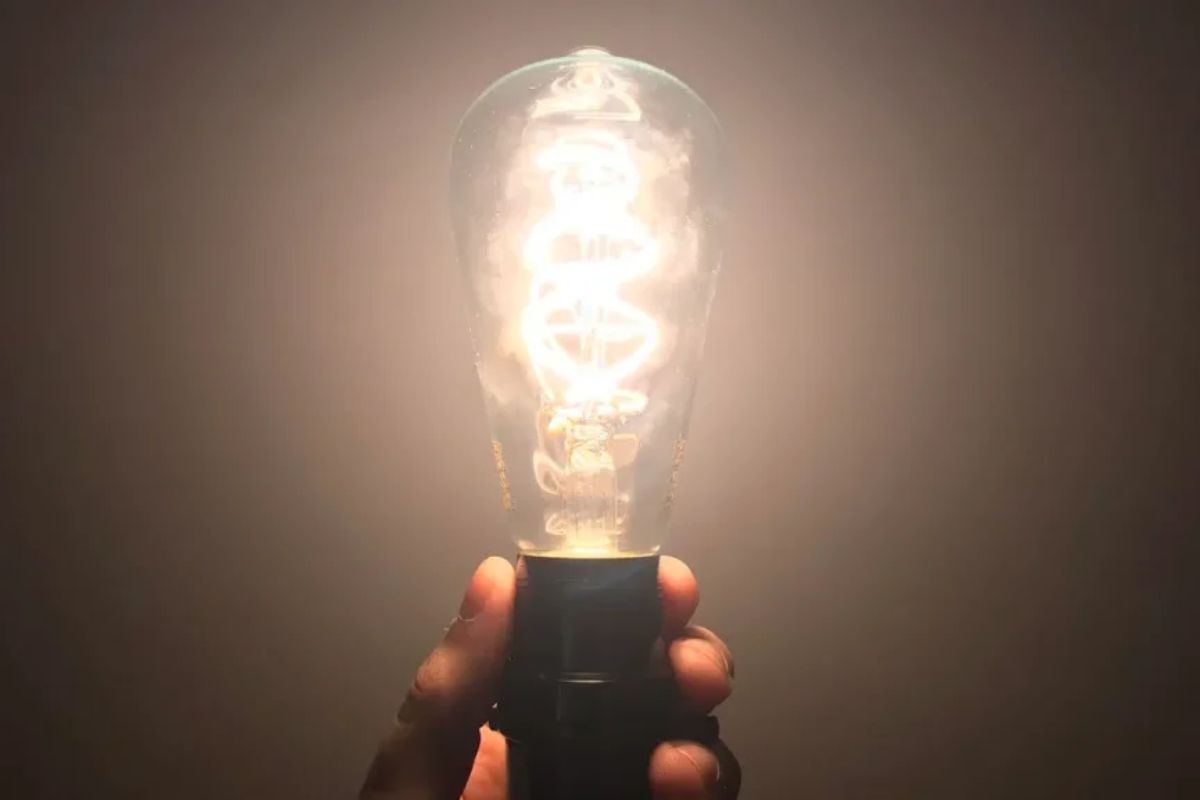
Overheating poses a serious risk of permanent damage to LED lights. Mitigate this issue with the following steps:
- Reduce the wattage: If LEDs are overheating, they might be using too much power. Decrease the wattage to prevent overheating.
- Install a heat sink: Heat sinks absorb and dissipate excess heat, preventing LED lights from overheating.
- Move the LED lights: Ensure LEDs are not in direct contact with other heat-generating objects.
Read Post: How to Open a Schlage Lock with a Dead Battery?

